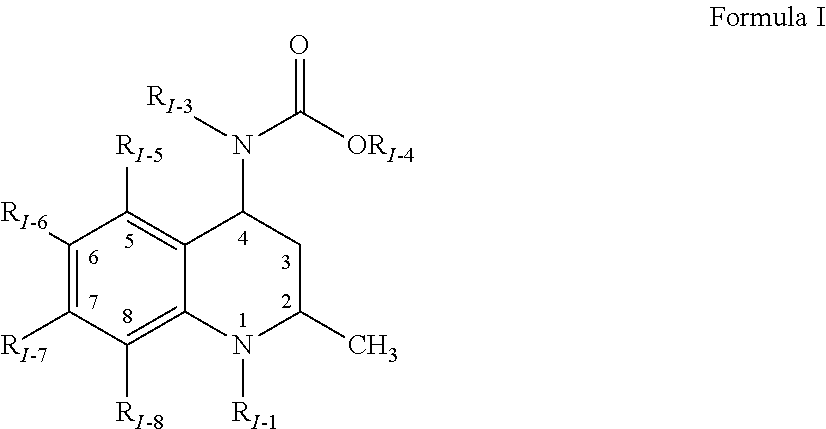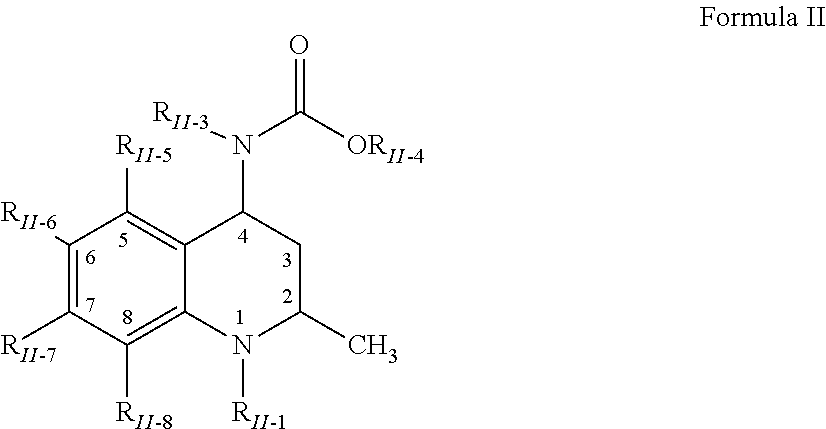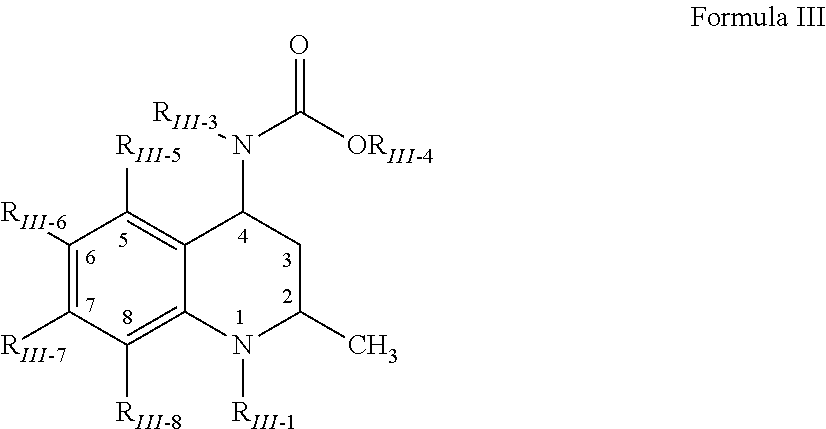Pharmaceutical compositions comprising drug and concentration-enhancing polymers
a technology of concentration-enhancing polymers and pharmaceutical compositions, which is applied in the field of pharmaceutical compositions of drugs and concentration-enhancing polymers, can solve the problems of difficulty in establishing the lowest dissolved drug value that would represent the equilibrium concentration of drugs, and achieve the effects of improving the dissolution area-under-the-curve (“auc”), enhancing the bioavailability of drugs, and increasing blood levels
- Summary
- Abstract
- Description
- Claims
- Application Information
AI Technical Summary
Benefits of technology
Problems solved by technology
Method used
Image
Examples
example 1
[1375]A pharmaceutical composition comprising Danazol, a surface modifier (polyvinylpyrrolidone (PVP)), and a concentration-enhancing polymer is manufactured by the following steps.
[1376]Danazol (which can be purchased in a micronized form from Sterling Drug Inc.) is added to a solution of PVP (which can be purchased from GAF) and water. The solution is rolled for about a week to create a homogeneous mixture. This mixture is then milled in a mill-grinding chamber (such as a DYNO-MILL, Model KDL, manufactured by Willy A. Bachoffen AG Maschinenfabrik) with silica glass spheres. Milling will continue until the average particle size is less than about 400 nm. Particle size can be measured by using a DuPont sedimentation field flow factionator. A concentration-enhancing polymer is added to the milled mixture in an amount effective to achieve concentration enhancement. A suitable concentration-enhancing polymer is the MF grade of hydroxypropyl methyl cellulose acetate succinate (HPMCAS-MF...
example 2
[1377]A 600 ml cylindrical glass vessel is filled approximately halfway with zirconium oxide grinding spheres with diameters in the range of about 0.85-1.18 mm (Zircoa, Inc.). Then, about 10.8 g of micronized Danazol, about 3.24 g of PVP and about 201.96 g water are added to the glass vessel. The glass vessel is rotated horizontally about its axis at 57% of the “critical speed.” The critical speed is defined as the rotational speed of the grinding vessel when centrifuging of the grinding media occurs. At this speed the centrifugal force acting on the grinding spheres presses and holds them firmly against the inner wall of the vessel. Conditions that lead to unwanted centrifuging can be computed from simple physical principles.
[1378]After about 5 days of ball milling, the slurry is separated from the grinding media through a screen and evaluated for particle size with the sedimentation field flow fractionator. The number average particle diameter should be less than about 400 nm, pre...
example 3
[1379]A cylindrical glass vessel having a diameter of 2.75 inches (7.0 cm) with a volume of 400 ml is charged with 212 ml of unleaded glass grinding media. Then, about 30.4 g of micronized Danazol, about 9.12 g of PVP, and about 112.48 g of high purity water is added to the vessel. The vessel is rotated horizontally on its axis at a controlled rotational speed of about 80.4 revolutions per minute (50% of critical speed) for about 5 days. The slurry is immediately separated from the grinding media and evaluated for particle size and grinding media attrition using inductively coupled plasma emissions (ICP). The particle size measured with a sedimentation field flow fractionator should yield a number average diameter of less than 400 nm, but preferably between about 110 nm and 180 nm. A concentration-enhancing polymer is then added in an amount effective to achieve concentration enhancement. Suitable concentration-enhancing polymers include HPMCAS, CAT, CAP, HPMCP and HPMC. Testing is ...
PUM
| Property | Measurement | Unit |
|---|---|---|
| particle size | aaaaa | aaaaa |
| particle diameters | aaaaa | aaaaa |
| particle size | aaaaa | aaaaa |
Abstract
Description
Claims
Application Information
 Login to View More
Login to View More - R&D
- Intellectual Property
- Life Sciences
- Materials
- Tech Scout
- Unparalleled Data Quality
- Higher Quality Content
- 60% Fewer Hallucinations
Browse by: Latest US Patents, China's latest patents, Technical Efficacy Thesaurus, Application Domain, Technology Topic, Popular Technical Reports.
© 2025 PatSnap. All rights reserved.Legal|Privacy policy|Modern Slavery Act Transparency Statement|Sitemap|About US| Contact US: help@patsnap.com



